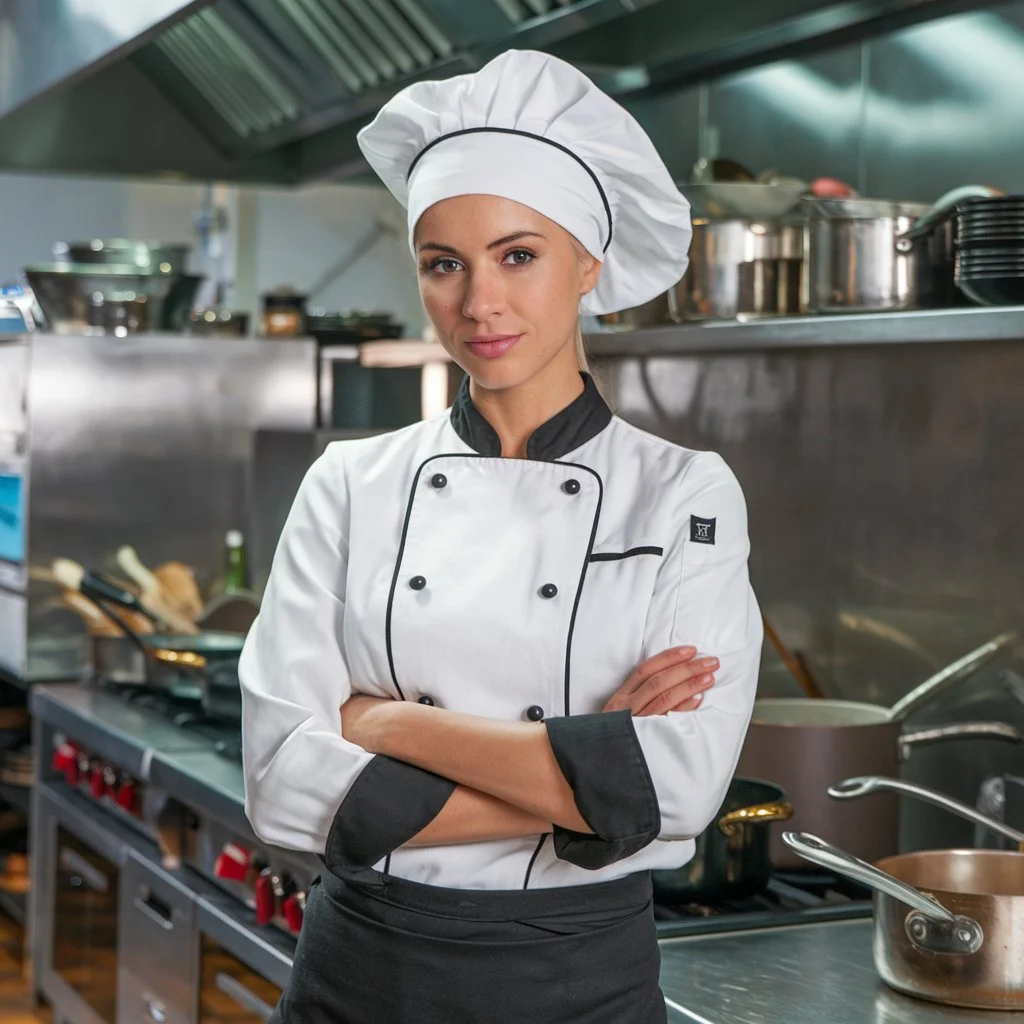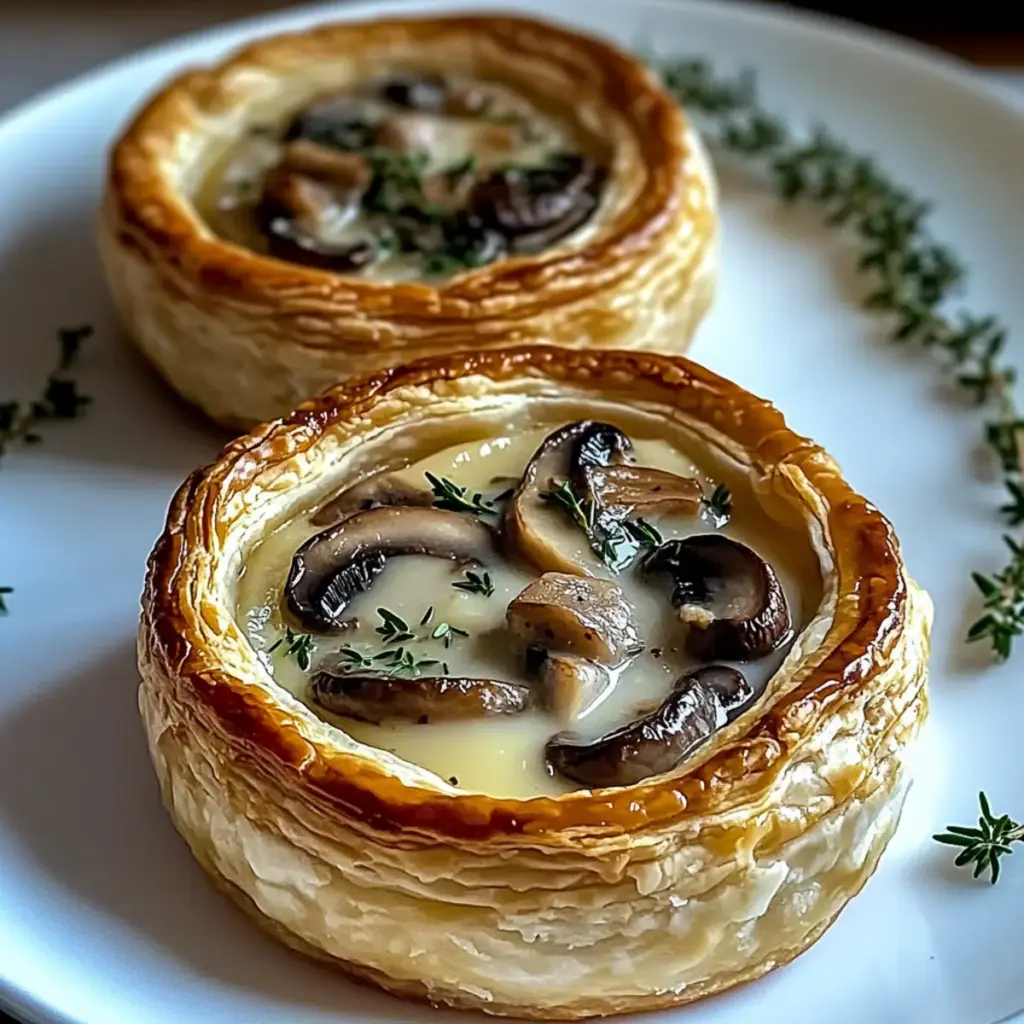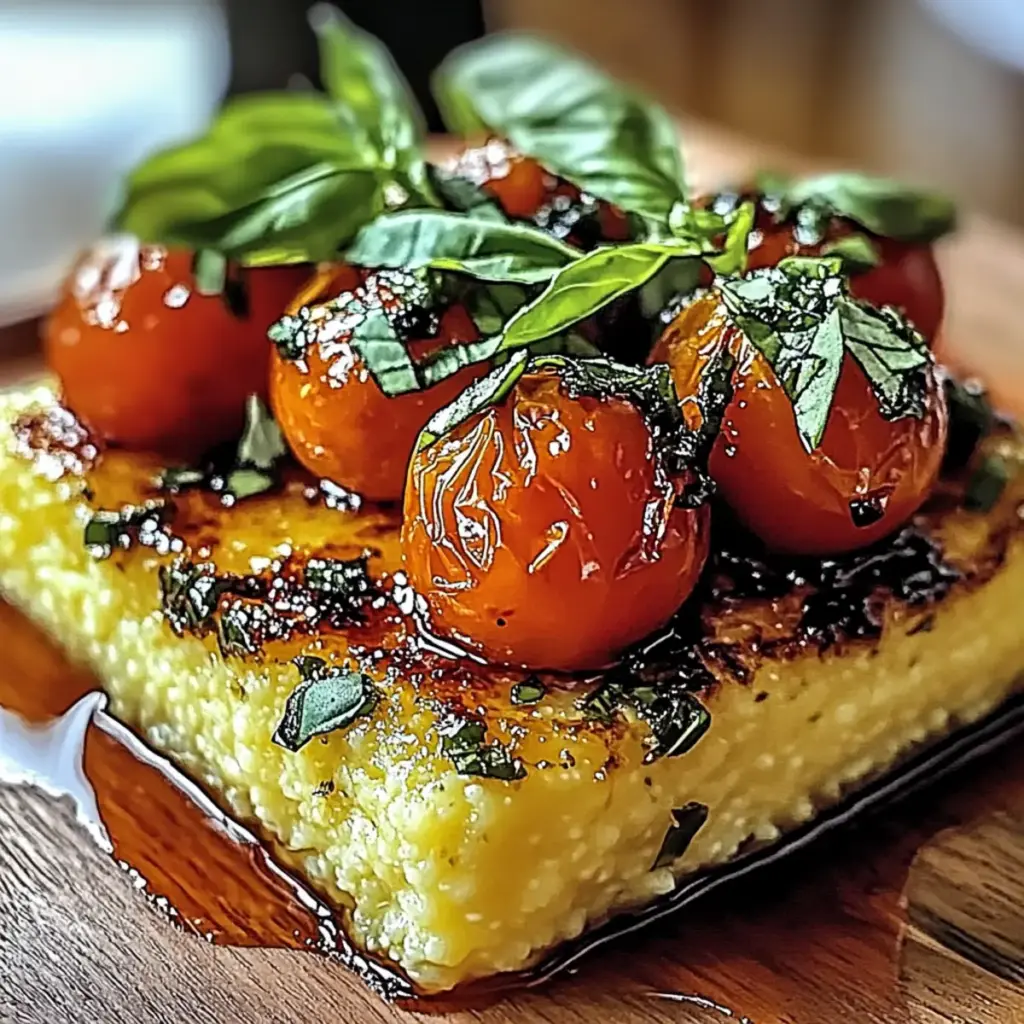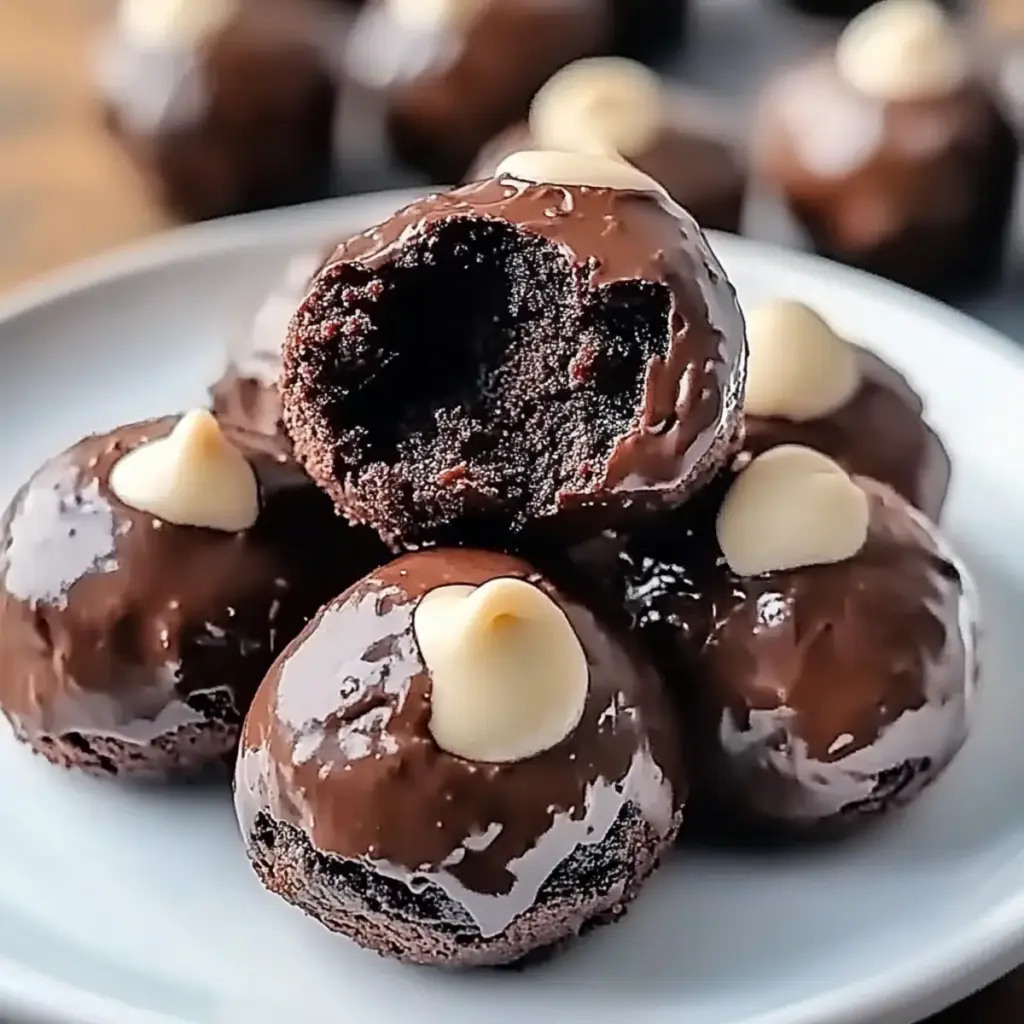Advertisement
A well-made vanilla soufflé is the perfect harmony of elegance, simplicity, and deliciousness. This delicate, airy dessert, often feared for its notorious difficulty, is actually quite achievable with the right knowledge and technique. Whether you are a home baker looking to impress guests or a dessert enthusiast eager to elevate your skills, this guide will walk you through everything you need to know about the vanilla soufflé, its history, troubleshooting tips, and answers to common questions.
The History and Charm of Vanilla Soufflé
The soufflé, a classic French dessert, dates back to the early 18th century. The name “soufflé” comes from the French verb “souffler,” which means “to blow” or “to puff up.” This perfectly describes the dessert’s signature rise and delicate texture.
Vanilla soufflé, in particular, highlights the art of simplicity—eggs, sugar, milk, and vanilla come together to create a dessert that is both light and rich. Chefs and bakers have long used it as a test of skill, as the structure of the soufflé relies on the delicate balance of air and heat.
What Makes Vanilla Soufflé Special?
1. A Masterpiece of Airy Perfection
One of the most remarkable aspects of a vanilla soufflé is its texture. The combination of whipped egg whites and a flavorful base results in a dessert that is delightfully airy yet full of flavor. The outside forms a slight crust, while the inside remains soft, cloud-like, and irresistibly light.
Advertisement
2. The Perfect Canvas for Flavor
While the classic vanilla soufflé is divine on its own, it also serves as a versatile foundation for creativity. Chefs and home bakers alike can experiment by adding fruit compotes, chocolate shavings, caramel drizzles, or even a dusting of powdered sugar to enhance the flavor profile.
3. A Dessert That Rewards Patience and Precision
Baking a soufflé is not about speed; it is about precision. The technique of folding egg whites into the base, the careful preheating of the oven, and the exact timing required for baking all contribute to its success. Mastering this process provides immense satisfaction, making the soufflé more than just a dessert—it’s an experience.
Common Challenges and How to Overcome Them
1. Why Did My Soufflé Collapse?
This is the most common issue with soufflés, and it usually happens due to one of the following reasons:
- Over-mixed egg whites, causing a loss of air.
- Opening the oven door too soon, leading to a sudden temperature change.
- Underbaking, which results in an unstable structure.
Solution: Gently fold the egg whites into the base without deflating them. Keep the oven door closed during baking, and make sure your soufflé has a golden crust before removing it.
2. My Soufflé Didn’t Rise—What Went Wrong?
A soufflé that remains flat might indicate that the egg whites were not whipped properly or that they were not incorporated correctly into the mixture.
Solution: Make sure to whip the egg whites until they form stiff peaks and carefully fold them into the batter, maintaining as much air as possible. Also, ensure the oven is preheated to the correct temperature.
3. How Do I Avoid a Soufflé That Is Too Dry?
An overbaked soufflé can become too dry inside rather than maintaining its creamy, custard-like texture.
Solution: Follow the recommended baking time and check the soufflé near the end of the baking process. A slight jiggle in the center is a good sign that it’s still soft and moist inside.
Ingredients:
- 2 tablespoons unsalted butter (plus extra for greasing)
- ½ cup granulated sugar (plus extra for dusting)
- 2 tablespoons all-purpose flour
- 1 cup whole milk
- 1 teaspoon pure vanilla extract (or seeds from 1 vanilla bean)
- 3 large eggs, separated
- A pinch of salt
Directions:
- Prepare the Ramekins:
- Preheat your oven to 375°F (190°C).
- Grease the soufflé dish or individual ramekins with softened butter, ensuring thorough coverage on the sides.
- Sprinkle a small amount of granulated sugar inside the ramekins, then shake out any excess. This step helps the soufflé rise evenly and creates a delicate crust.
- Create the Base Mixture:
- In a medium saucepan over low heat, melt 2 tablespoons of unsalted butter.
- Whisk in 2 tablespoons of all-purpose flour to form a roux, cooking for about 1 minute while stirring constantly to prevent browning.
- Gradually add 1 cup of whole milk, continuing to whisk until the mixture is smooth.
- Cook until the mixture thickens slightly, approximately 3-4 minutes.
- Remove from heat and stir in 1 teaspoon of pure vanilla extract or the seeds from 1 vanilla bean.
- Allow the mixture to cool slightly.
- Separate the Eggs:
- While the base mixture cools, separate the 3 large eggs, placing the yolks in one bowl and the whites in another.
- Add a pinch of salt to the egg whites.
- Whisk the egg yolks into the cooled milk mixture until fully incorporated.
- Whip the Egg Whites:
- Using a whisk or electric mixer, beat the egg whites until soft peaks form.
- Gradually add the remaining ½ cup of granulated sugar, continuing to beat until stiff peaks are achieved. This step is crucial for achieving the soufflé’s airy texture.
- Combine the Mixtures:
- Gently fold one-third of the whipped egg whites into the milk and egg yolk mixture to lighten it.
- Carefully fold in the remaining egg whites, taking care not to deflate them, as maintaining the airiness is essential for the soufflé’s rise.
- Bake:
- Spoon the soufflé mixture into the prepared ramekins, filling them about three-quarters full.
- Place the ramekins on a baking sheet for easier handling and to catch any potential drips.
- Bake in the preheated oven for 20-25 minutes, or until the soufflés have risen and are golden on top.
- Avoid opening the oven door during baking, as sudden temperature changes can cause the soufflés to collapse.
Nutritional Information (per serving):
- Calories: 250
- Total Fat: 12g
- Saturated Fat: 7g
- Cholesterol: 150mg
- Sodium: 80mg
- Total Carbohydrates: 28g
- Dietary Fiber: 0g
- Sugars: 25g
- Protein: 7g
Note: Nutritional values are approximate and may vary based on specific ingredients used.
Best Tips for Achieving the Perfect Vanilla Soufflé
1. Use Room Temperature Eggs
Cold egg whites do not whip as well as room-temperature ones. For the best results, separate the eggs while they’re cold but allow them to come to room temperature before whipping.
2. Prepare Your Ramekins Properly
Butter and sugar your ramekins thoroughly to ensure that the soufflé rises smoothly. A well-prepared dish creates a surface that allows the batter to climb evenly.
3. Work Quickly but Gently
Once you’ve whipped your egg whites and folded them into the base, don’t let the mixture sit too long before baking. The air in the batter is what helps the soufflé rise, and if it sits too long, the air may escape.
4. Avoid Overmixing the Batter
Folding the egg whites too aggressively can deflate them, resulting in a dense soufflé. Use a gentle motion, cutting through the mixture and lifting it rather than stirring.
5. Serve Immediately
A soufflé is best enjoyed the moment it comes out of the oven. Once removed, it will begin to deflate within minutes, so have your guests ready before serving.
FAQs About Vanilla Soufflé
1. Can I Make a Vanilla Soufflé Ahead of Time?
While soufflés are best enjoyed fresh, you can prepare the base mixture a few hours in advance and store it in the refrigerator. However, the egg whites should be whipped and folded in just before baking to ensure maximum rise.
2. What Type of Dish Is Best for Baking Soufflé?
A classic ceramic ramekin is ideal because it evenly distributes heat, allowing for consistent rising and baking. If using a different dish, ensure that it has straight sides to support the soufflé’s structure.
3. Can I Add Other Flavors to My Vanilla Soufflé?
Absolutely! A vanilla soufflé pairs well with citrus zest, a splash of liqueur, or even a touch of cinnamon. Experimenting with different flavors can enhance the depth of your soufflé while still maintaining its classic elegance.
4. Is It Possible to Make a Dairy-Free Vanilla Soufflé?
Yes! You can substitute dairy milk with almond, soy, or coconut milk. Similarly, plant-based butter can be used in place of regular butter. The texture may vary slightly, but the results can still be delicious.
5. What Is the Best Way to Serve a Vanilla Soufflé?
Vanilla soufflé is often dusted with powdered sugar and served with a side of crème anglaise, fruit compote, or a drizzle of melted chocolate. A simple scoop of ice cream can also complement the warm, airy texture beautifully.
6. Can I Reheat a Soufflé?
A soufflé is best enjoyed fresh, as reheating it will not restore its delicate, airy structure. However, if you must, you can warm it briefly in the oven at a low temperature to refresh its texture slightly.
Conclusion: A Dessert Worth Mastering
The vanilla soufflé, with its delicate rise and ethereal texture, is a dessert that encapsulates the art of baking. Though it requires patience, precision, and practice, the results are immensely rewarding. Whether you’re making it for a romantic dinner, a special occasion, or simply to challenge yourself in the kitchen, a well-made vanilla soufflé never fails to impress.
Mastering the technique will give you not only a new appreciation for French patisserie but also the confidence to explore more advanced baking endeavors. So gather your ingredients, preheat your oven, and experience the magic of crafting the perfect vanilla soufflé.
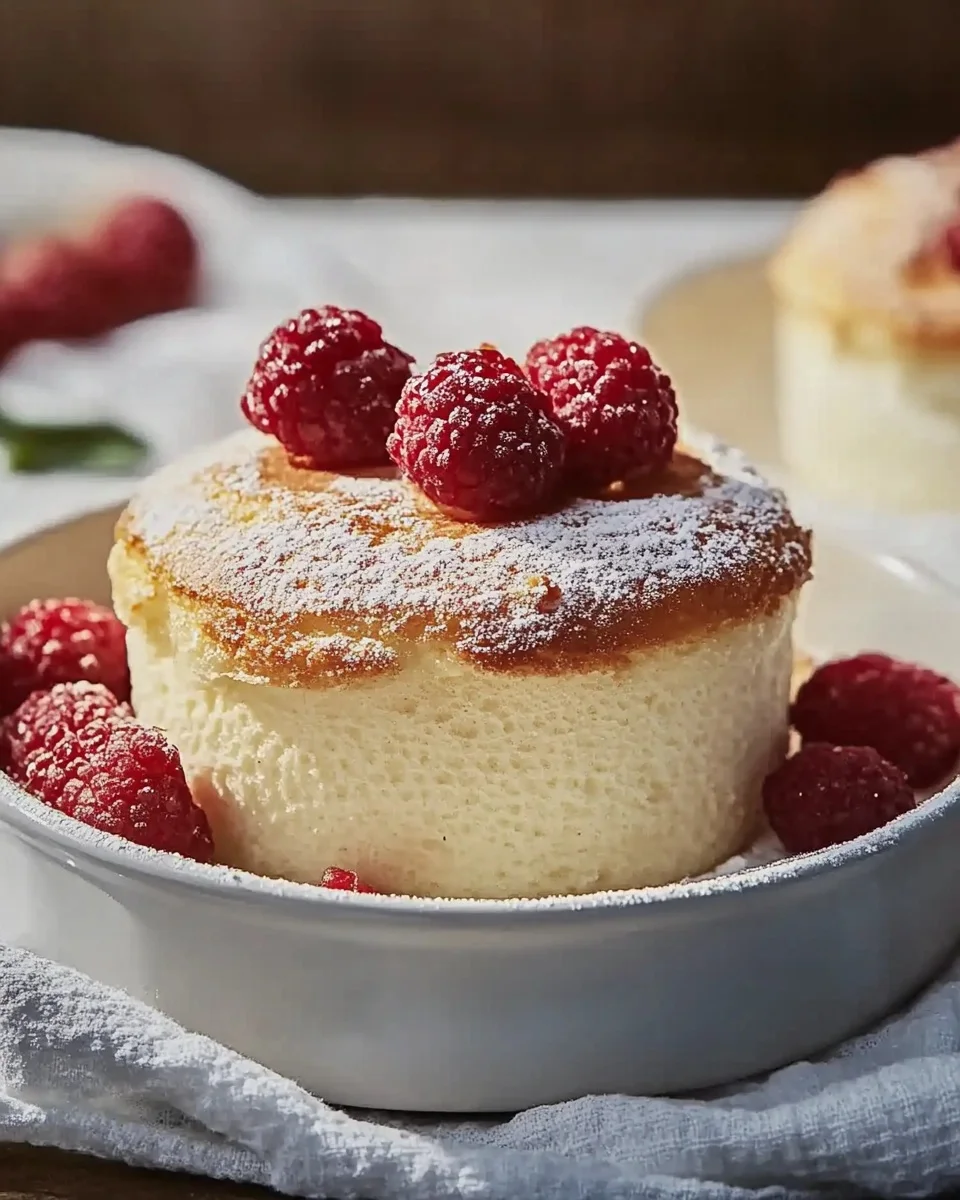
Easy Vanilla Soufflé Recipe – Melt-in-Your-Mouth Perfection
Ingredients
Method
- Preheat your oven to 375°F (190°C).
- Grease the ramekins with butter and dust them with sugar to help the soufflés rise.
- In a saucepan over low heat, melt 2 tablespoons of butter.
- Whisk in the flour to create a roux and cook for 1 minute.
- Slowly add the milk, whisking continuously until the mixture thickens.
- Remove from heat and stir in the vanilla extract. Let it cool slightly.
- In a bowl, beat the egg yolks and gradually mix them into the cooled vanilla base.
- In a separate bowl, beat the egg whites with a pinch of salt until soft peaks form.
- Gradually add sugar while beating until stiff peaks form.
- Gently fold one-third of the egg whites into the base mixture to lighten it.
- Carefully fold in the remaining egg whites without deflating them.
- Fill the ramekins about three-quarters full and place them on a baking sheet.
- Bake for 20–25 minutes, or until golden and risen.
- Remove from the oven and serve immediately with powdered sugar, fruit compote, or a drizzle of chocolate.
Notes
- Don’t open the oven while baking – A sudden temperature drop can cause the soufflé to collapse.
- Serve immediately – Soufflés begin to deflate within minutes after baking.
- Use room-temperature eggs – This ensures better volume when whipping the egg whites.
- Grease and sugar your ramekins properly – This allows the soufflé to rise evenly without sticking.
- Experiment with flavors – Try adding citrus zest, a splash of liqueur, or a pinch of cinnamon for variation.

